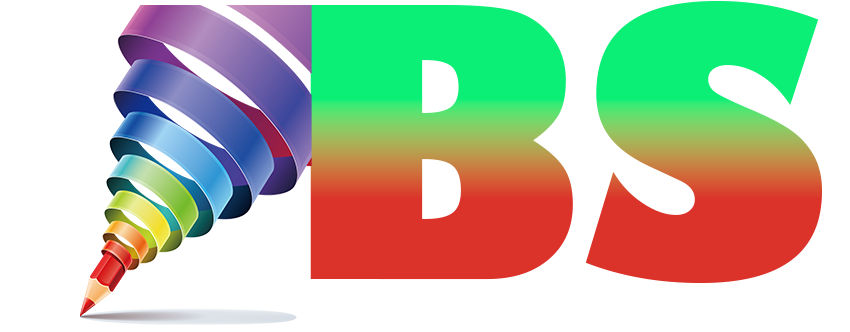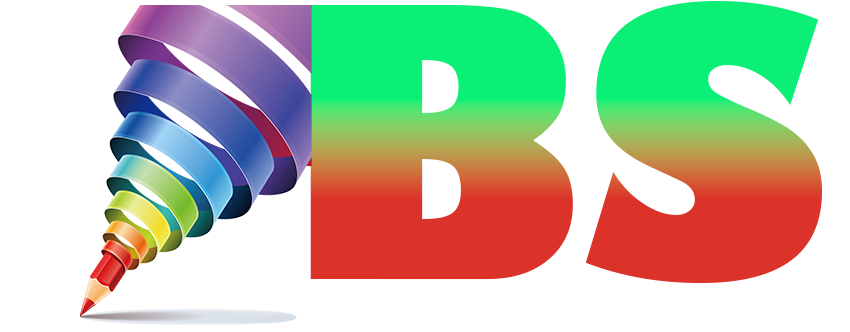Well, of course, the epidemic has altered nearly everything in terms of how casually I choose to do my hair and makeup on a regular basis, but even before March, this trend was already evident. I'd describe it as more "easygoing." These days, I tend to wear neutrals with subtle variations on classic elements, like winged liner or smoky lids, and my hair is usually up in some kind of bun or ponytail/braid variation that is purposefully a little wild with a sleek element or two. This is mainly because neutrals are easier to blend than more exciting colors like bright purples and greens.
That's perhaps one way to put it... With sporadic pockets of smoothness, things are mostly messy (LOL!).
Actually, I tend to favor the classics, although I will occasionally venture into vibrant crazytown.
I'm honestly sort of surprised that I had the means to create lavishly bright, joyful looks when I look at vintage cosmetic photos of myself. Ha ha ha! If I could, I'd go back in time and congratulate myself on my accomplishments.
But for now, I prefer how I look with my present hair and makeup (notwithstanding the pandemic-inspired modifications and compromises).
The styling of hair, often on the human scalp, is referred to as a hairstyle, hairdo, haircut, or coiffure. This may occasionally also entail shaving off body or face hair. The styling of hair can be viewed as a component of personal grooming, fashion, and cosmetics, while certain hairstyles are also influenced by practical, cultural, and societal factors.
Braiding hair is the earliest example of hair style that has been found, and it goes back roughly 30,000 years. Women's hair has traditionally been styled in sophisticated and delicate ways, but it was also frequently kept covered outside the home, especially for married women. Most ladies let their hair to grow as long as it would naturally until the Middle Ages[citation needed] under the Roman Empire.
A extremely high forehead hairline was seen as beautiful during the late 15th and early 16th centuries. European males frequently had their hair trimmed to little more than shoulder length at this time. Male hairstyles got longer during the beginning of the 17th century, and waves or curls were seen attractive.
King Louis XIII of France (1601–1643) invented the masculine wig in 1624. In 1660, along with other French fashions, mullets or periwigs for males were brought to the English-speaking globe. Wigs in the late 17th century were exceedingly long and wavy, but by the middle of the 18th century, when they were typically white, they had shrunk.
Men's short hairstyles are a result of the Neoclassical trend. The male beard, as well as moustaches and sideburns, made a significant comeback in the early 19th century. European women's hair became increasingly noticeable while their hair covers shrank from the sixteenth to the nineteenth centuries.





